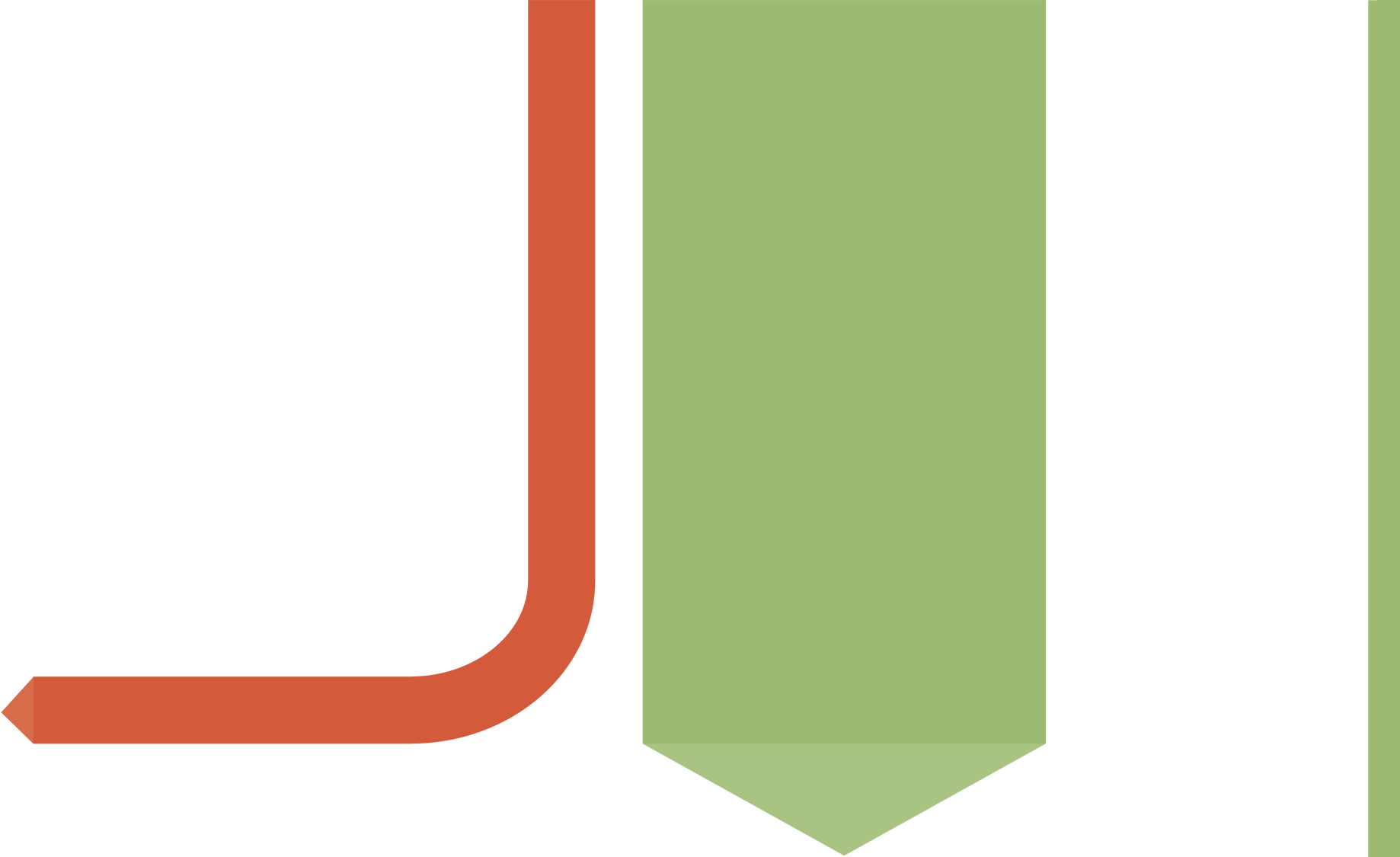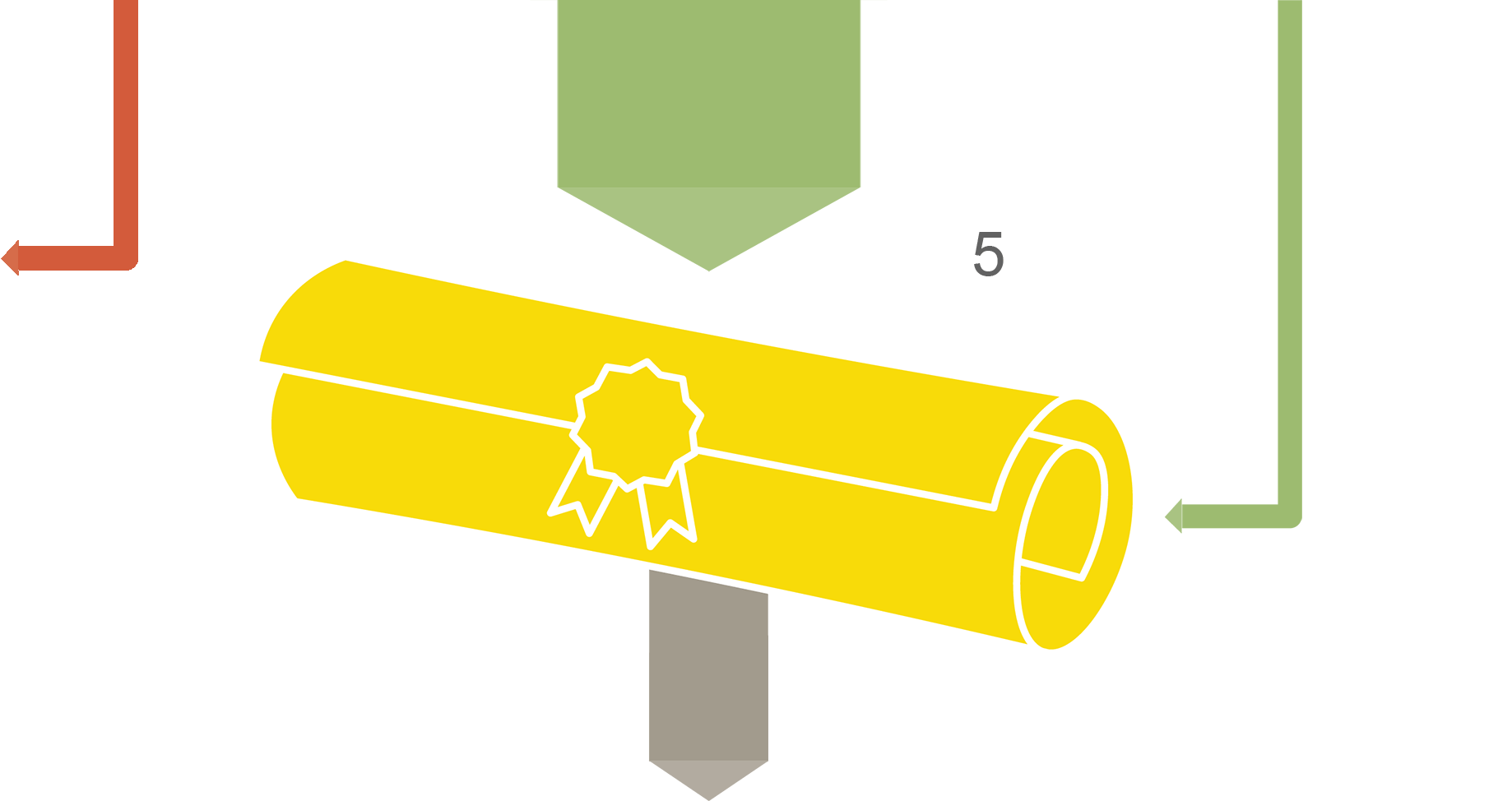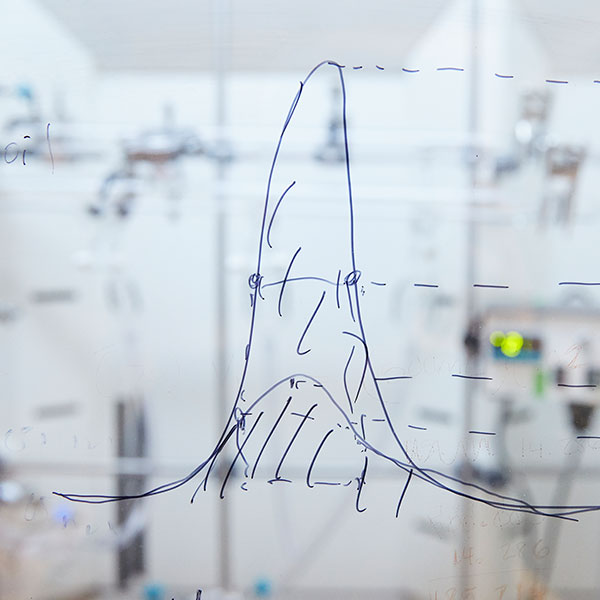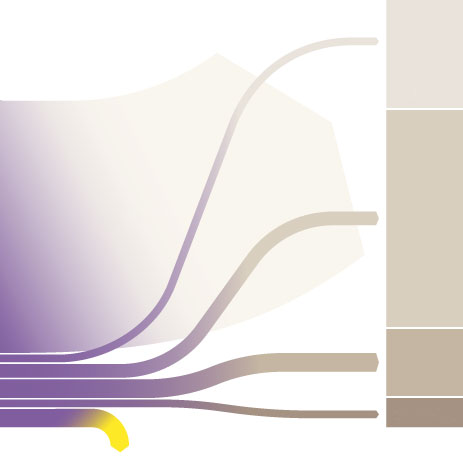Feature: Evaluating the evaluation
Until only the best remains
When an article emerges successfully through its peer-review process and is published by a specialist journal, this is generally regarded as a seal of quality on its scholarship. It’s certainly true of articles published in the ‘Swiss Medical Weekly’. We take a look at this journal to see what processes it shares with most other journals, and what it does differently from many others.

1 — Checking to ensure an article adheres to the guidelines and upholds integrity
If a research group submits a paper to the Swiss Medical Weekly (SMW), one of the first things to be checked is whether or not they’ve adhered to the journal’s guidelines for authors and its ethical publishing principles. For example, those who have provided the financial resources but nothing else may only be mentioned in the acknowledgements. All articles submitted go through an initial check on the part of the managing editors. This includes running an article through anti-plagiarism software. At this stage, submissions that are clearly unsuitable are rejected straight off. In borderline cases, a rejection is always preceded by a consultation with the editors-in-chief. Roughly half of all submissions fail to pass this initial check – though it’s rare for such papers to have originated in Switzerland, says managing editor Natalie Marty. “Regrettably, we get many inadequate submissions, probably because the SMW doesn’t demand any publication fees from authors”, she says.
For means of comparison: The not-for-profit life sciences journal eLife rejects some 70 percent of all submissions after this initial check. In the case of the Lausanne publishing company Frontiers, the figure is only 35 percent. Just like the SMW, both of these are open-access journals that don’t charge their readers any fees. The criteria applied during this first check are very similar across many journals – though Nature, where you have to pay to read a lot of articles, uses additional criteria that are geared more obviously towards its own readership. According to its website: “The criteria for a paper to be sent for peer review are that the results seem novel, arresting (illuminating, unexpected or surprising), and that the work described has both immediate and far-reaching implications”.

2 — Checking the methodology
If an article passes the first hurdle, the SMW submits it to a methodology review. This has been the case since 2022. The reviewer in question is fully compensated and receives a fee from the journal. Not all journal publishers are familiar with this additional step. The publisher Frontiers, for example, usually expects its peer reviewers to carry out any necessary checks to ensure the validity of an article’s methodology. The SMW is currently able to include this extra methodology check thanks to a grant from the Fondation Leenaards. Once this has been done, the internal academic editors decide whether or not to send the paper out for an external peer review. Roughly a third of all articles are rejected after the methodology review. For example, the SMW doesn’t publish certain types of case study, while articles based on surveys are only published under specific circumstances. Such articles nevertheless still have the option of being published on the SMW’s new preprint platform and/or can be submitted to another journal altogether. Articles whose content is more journalistic can be published as so-called ‘op-eds’ in a blog on the journal’s website. They also publish the results of randomised controlled trials and high-quality cohort studies, says Jan Roth, one of the SMW’s consulting managing editors.

3 — Peer review
Research papers that meet the journal’s guidelines for authors now enter the heart of the process: external peer review. At SMW, at least two such reviews are obtained for each article. The academic editors select the appropriate expert reviewers, for which they have three basic options, as joint editor-in-chief Gérard Waeber explains: “The SMW has its own pool of several thousand reviewers; our internal academic editors can also suggest appropriate external experts from their own fields; and then we sometimes also seek out new experts – perhaps on the basis of their publications in the Medline database”. The reviewers remain anonymous to the authors. Sometimes, authors are also asked to suggest several potential reviewers themselves. This might seem a bit problematic, but Waeber’s fellow editor-in-chief, Adriano Aguzzi, doesn’t agree: “Your buddies are by no means always the most benevolent reviewers. In fact, it’s been my experience that the opposite is often the case”.
Why do researchers undertake peer reviews when they don’t even get paid for it? “The quality of an article is a motivating factor”, believes Aguzzi. It’s for this reason that it’s crucial for articles to be of a high standard when they’re sent out for review. “Our goal is that 70 percent of papers ought to be good enough to publish after peer review – after having been revised if it is necessary”.
The internal academic editor at the SMW who’s been responsible for organising the process now uses the peer reviews to decide on their own whether the paper in question can be published without further revision – which Natalie Marty says happens very rarely – or whether it has to be sent back to the authors to be revised, or should be rejected altogether. In fact, this last category only accounts for some 14 percent of articles at SMW. Aguzzi admits that these editorial decisions have a subjective component to them. But he insists that it’s essential that every decision taken must be supported by the data presented.
As of this year, the journal eLife has been trying out an utterly different model for the peer-review process. It only submits articles for peer review after they’ve already been published on a preprint platform. And it also publishes the reviews. It’s no longer the journal’s publication criteria that decide if an article gets this far in the process. The only criterion is whether or not the journal’s editors feel able to procure a high-quality review for it. Once an article has been reviewed, it can’t be rejected. It’s then up to the scholarly community to assess the article and its peer reviews. However, the author(s) can still revise the article and send the revised version back to the editors of eLife, who then publish it once more on the same platform as a so-called ‘version of record’. According to its media office, eLife has so far received the same number of submissions with its new model as with its former, traditional model.

4 — Back to the beginning?
After a paper has been revised, the SMW channels it once more through the process described above – or at least through part of the process. Depending on the reasons for requesting the revision, either the methodological review or the external peer review is carried out again (and in some cases: both reviews). Ultimately, it’s the same internal academic editor who decides whether the article in question has to be revised yet again, or whether it can now be published. For even now, articles can still be rejected outright. However, this only happens in about two percent of all cases.

6 — Libraries guarantee quality
Journal subscriptions by university libraries, clinics and private individuals may be regarded as a kind of final, general filter for a journal. Before today’s efforts to make journals available on open access, such subscriptions used to cost between several hundred and several thousand francs, which is why institutions made very careful decisions before investing in a journal subscription. “That model was an automatic guarantee of quality”, says Aguzzi. Abandoning it was naïve, he believes. And the new journal models – in which authors themselves pay for publication – pose a threat to the quality of the articles being published. But libraries still have control of an important lever, simply by deciding whether or not to include a publication in their lists. It’s important for their reputation that they’re seen to favour journals of the right quality.





